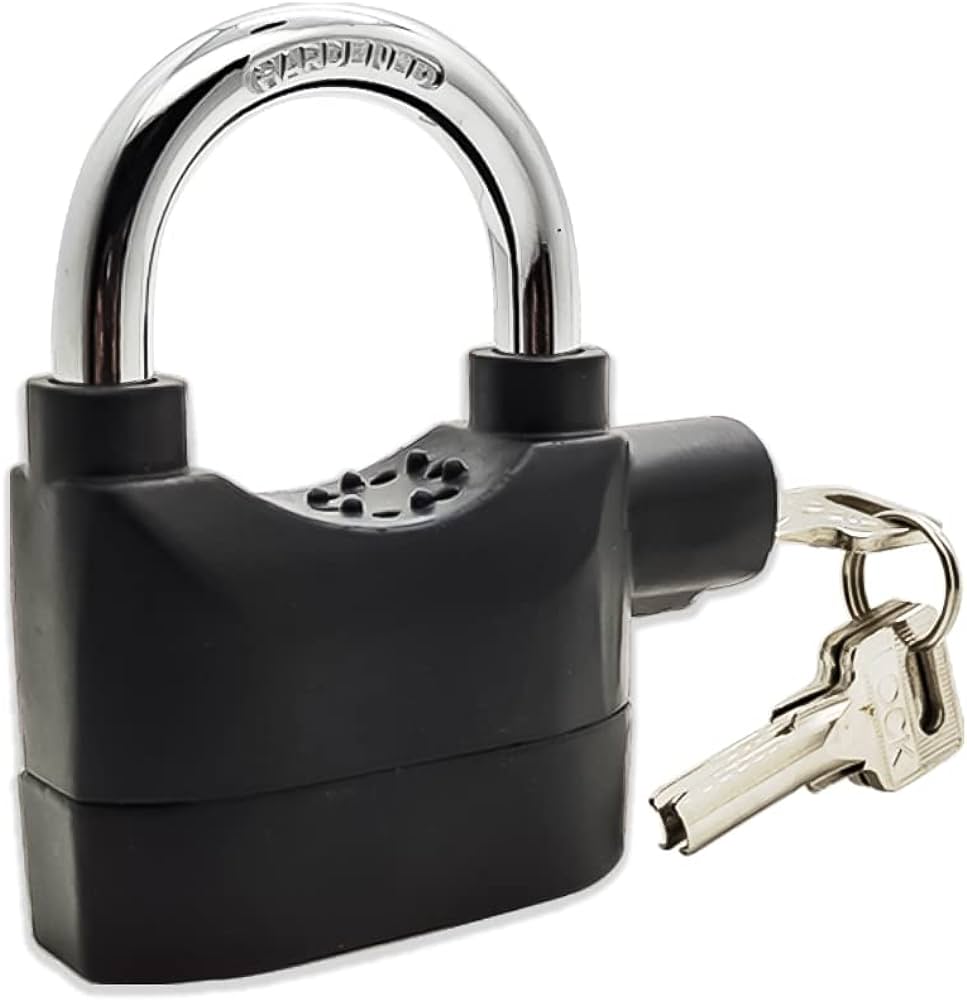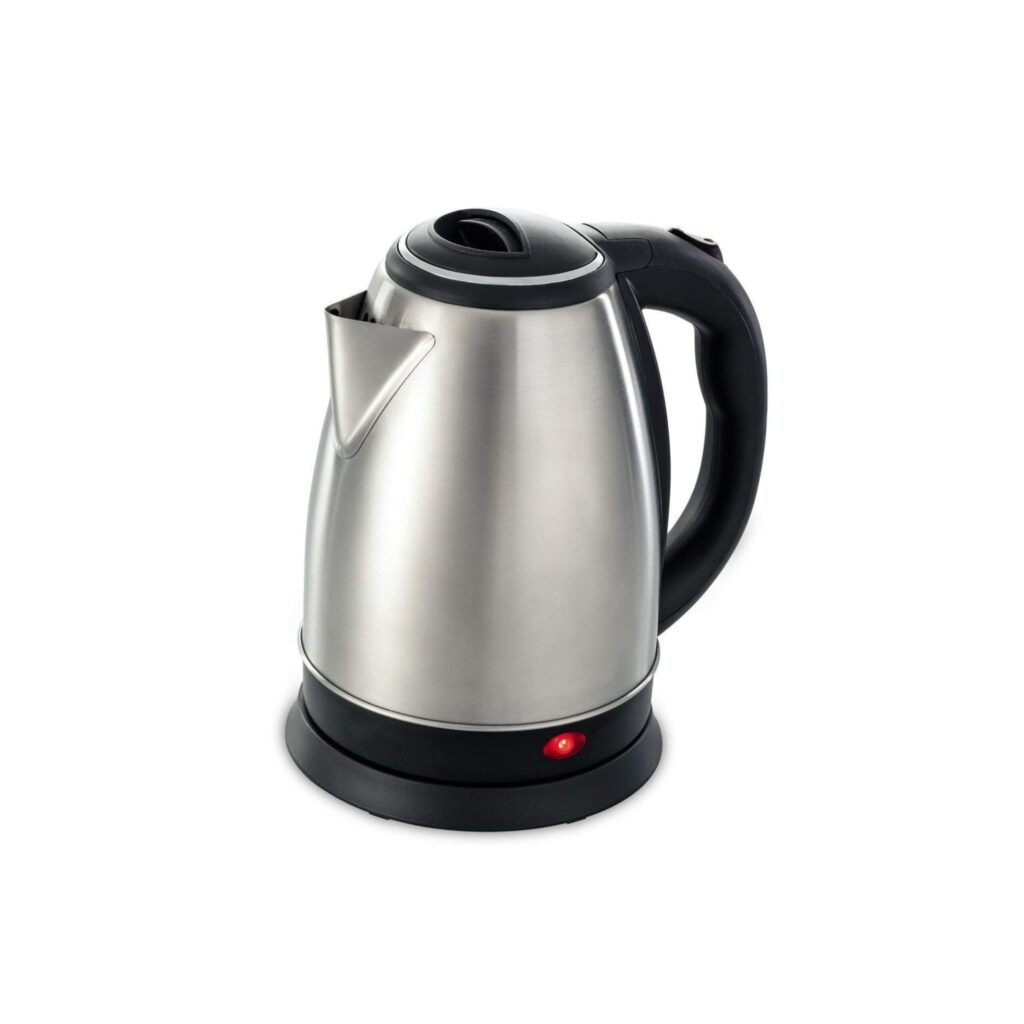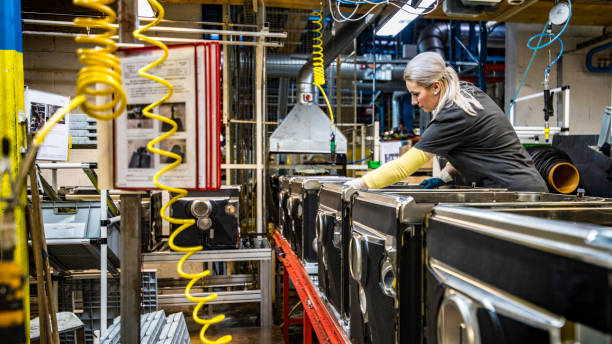The home appliance industry has always been a mirror to consumer lifestyles, adapting to changes in technology, habits, and aspirations. It’s clearer than ever that home appliances are no longer just about utility — they are about comfort, sustainability, style, and smart integration into daily living.
For wholesale buyers, retailers, and direct-selling companies, understanding what’s trending and what’s fading is crucial for making inventory decisions, setting marketing strategies, and aligning with the evolving preferences of today’s consumer.
Home Appliances at Wholesale Price
Let’s take a closer look at what’s hot and what’s not in the world of home appliances.
What’s Hot: Appliances That Are Winning nowdays
Today’s home appliances must do more than just function; they must complement fast-paced, convenience-driven lifestyles. The demand is skyrocketing for products that offer efficiency, smart features, energy savings, and multi-functionality. Here’s what’s dominating the charts:
Smart Home Appliances
Technology integration is no longer a luxury; it’s the norm. Smart home appliances are at the top of the demand list.
Why They’re Hot
- Connectivity with smartphones, tablets, and smart assistants like Alexa and Google Home.
- Energy monitoring and savings through automation.
- Voice-controlled and app-controlled operations for added convenience.
- Growing consumer appetite for “smart homes” to boost daily efficiency.
Popular Products:
- Smart refrigerators with touchscreens and inventory management
- Smart washing machines with remote programming
- Wi-Fi-enabled air conditioners and heaters
Energy-Efficient Appliances
As sustainability moves from trend to necessity, energy-efficient appliances are seeing a massive boost in popularity.
Why They’re Hot
- Rising awareness about environmental impact and electricity costs.
- Government incentives and green certifications pushing adoption.
- Consumers choosing appliances rated 4-star and above for energy efficiency.
Popular Products:
- Inverter-based air conditioners
- Front-load washing machines with water-saving technology
- Solar-powered water heaters
Compact and Multi-Functional Appliances
Urban living demands smart use of space. Consumers are increasingly looking for appliances that are compact, versatile, and stylish.
Why They’re Hot
- Smaller living spaces, especially in metro cities, necessitate smarter appliances.
- Multi-functional devices save money and space.
- Modern designs that blend with interior decor are highly sought after.
Popular Products:
- Microwave ovens with convection, grilling, and air-frying modes
- Portable dishwashers
- 2-in-1 washer-dryer combos
Health-Focused Appliances
The pandemic has permanently shifted consumer focus toward health and hygiene. Appliances that promote a healthier lifestyle are thriving.
Why They’re Hot
- Increased consumer focus on clean air, water, and healthy eating.
- Demand for easy-to-maintain, germ-free environments at home.
- Greater awareness of allergens, bacteria, and air quality.
Popular Products:
- Air purifiers with HEPA filters
- Water purifiers with advanced RO+UV+UF filtration
- Steam ovens for oil-free cooking
Cordless and Portable Appliances
Convenience is king. Portable and cordless appliances are fast becoming household essentials.
Why They’re Hot
- Growing demand for lightweight, wireless gadgets that are easy to move and use.
- No dependency on sockets and extension cords.
- Cleaner aesthetics and better mobility around the home.
Popular Products:
- Cordless vacuum cleaners
- Rechargeable hand blenders
- Battery-powered lawn tools
Read this also: Home Appliances Are Changing the Market
What’s Not: Appliances Losing Their Shine Nowdays
Not every appliance category can keep pace with evolving consumer expectations. Some products that once dominated the market are now finding themselves pushed aside by innovation and changing needs.
Traditional Manual Appliances
Appliances that require extensive manual operation without smart features or automation are declining in appeal.
Why They’re Not Hot
- Today’s consumers expect automation and minimal effort.
- Time-strapped households are not willing to engage in labor-intensive tasks.
- Smart alternatives are now easily available and affordable.
Losing Popularity:
- Manual hand-crank juicers
- Mechanical kitchen scales
- Old-style washing machines without inverter motors
Single-Function Bulky Appliances
Appliances that perform only one basic function, especially if they occupy significant space, are struggling to retain market relevance.
Why They’re Not Hot
- Consumers prefer multi-purpose gadgets that offer better value for money.
- Storage constraints in urban homes reduce the demand for single-use devices.
- New compact alternatives outperform older bulky models.
Losing Popularity:
- Dedicated deep fryers
- Single-function bread makers
- Old-model desktop computers (being replaced by laptops and tablets)
High-Energy-Consuming Devices
Appliances that are notorious for energy consumption without delivering proportional benefits are quickly falling out of favor.
Why They’re Not Hot
- Rising electricity bills push consumers toward energy-efficient choices.
- New technology provides similar or better performance with less power.
- Energy-star ratings have become essential in the purchase decision.
Losing Popularity:
- Non-inverter air conditioners
- Outdated refrigerators with high energy ratings
- Old-style geysers without insulation technology
Complex Installation and Maintenance Appliances
Consumers are growing weary of appliances that require elaborate setups, costly installations, and frequent maintenance.
Why They’re Not Hot
- DIY (Do It Yourself) culture demands easy-to-install products.
- Consumers favor low-maintenance, user-friendly gadgets.
- Extended downtime for repairs is a major turnoff.
Losing Popularity:
- Central vacuum systems
- Built-in large home theaters with complex wiring
- Appliances with expensive or hard-to-find spare parts
Tips for Wholesale Buyers, Retailers, and Direct Sellers
Understanding trends is important, but acting on them is where the real business growth happens. Here’s how you can leverage these insights effectively:
Focus on Smart and Sustainable
Prioritize smart-enabled and energy-efficient appliances when choosing your inventory. Highlight these features in your marketing to resonate with today’s eco-conscious, tech-savvy consumer.
Offer Compact and Multi-Utility Solutions
Urban consumers value space and versatility. Stock appliances that are compact, sleek, and perform multiple functions.
Prioritize Health and Hygiene Products
Capitalize on the continued demand for appliances that promote wellness. Highlight features like air filtration, water purification, steam cleaning, and allergen control.
Keep Portability and Convenience in Mind
Cordless, lightweight, and portable gadgets should occupy a significant part of your catalogue. These products often lead to faster sales cycles.
Say No to Outdated Technologies
Avoid investing heavily in appliances that are bulky, single-purpose, energy-intensive, or complex to install. Inventory turnover will slow, and customers will move towards smarter alternatives.
The Future of Home Appliances: Adaptability is the Key
If there’s one thing an experienced businessman will tell you, it’s that industries don’t fall behind because of external factors — they fall behind when they refuse to adapt.
In the home appliance sector, adaptability means staying on top of tech trends, listening to what the consumer truly values, and offering products that fit seamlessly into modern living.
Trends to watch for the near future include:
- Smart AI-driven home ecosystems that automate appliances based on user habits.
- Voice-first appliances where physical buttons are replaced by voice commands.
- Ultra-energy-efficient devices using renewable energy sources.
- Appliances offering predictive maintenance alerts via apps.
Wholesale buyers, retailers, and direct sellers who embrace these shifts now will not just survive; they will thrive.
The future of home appliances belongs to those who understand and beyond, convenience, intelligence, health, and sustainability are not luxuries — they are expectations.
Navigating the changing landscape of home appliances may seem daunting at first glance. However, with a clear understanding of consumer behavior, a commitment to offering high-demand products, and the willingness to drop outdated inventory strategies, businesses can position themselves at the forefront of this dynamic market.
The key lies in agility, innovation, and customer-first thinking — principles that have always defined industry leaders.







